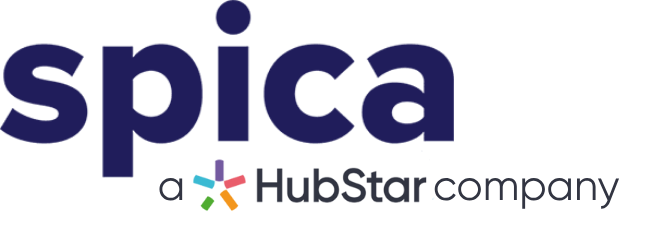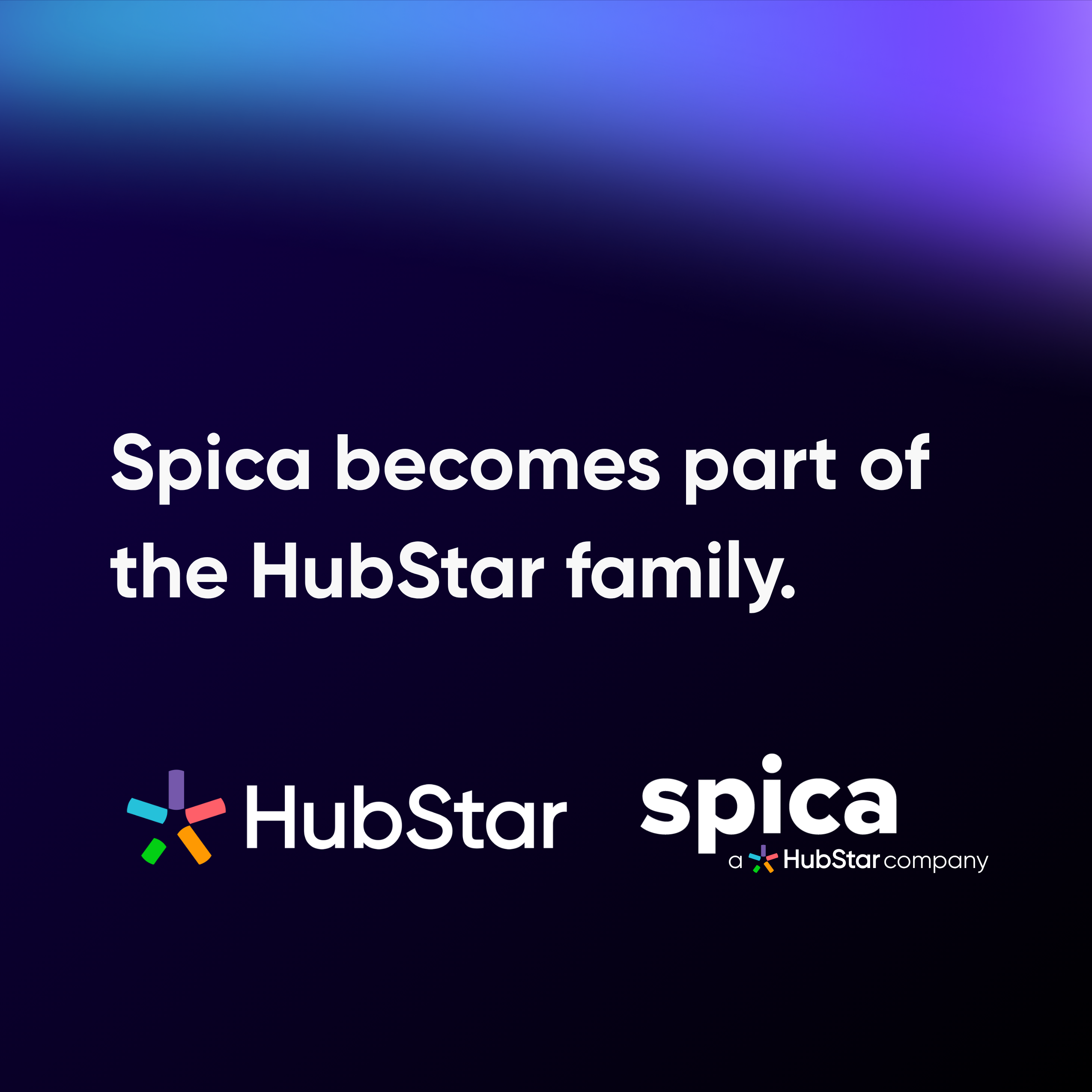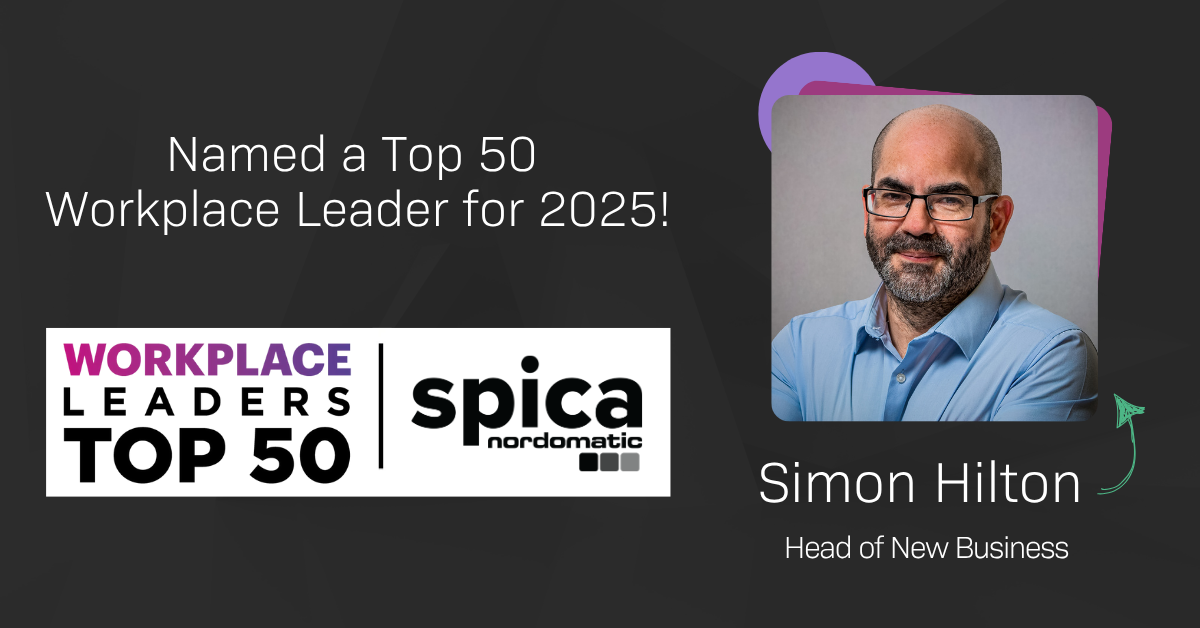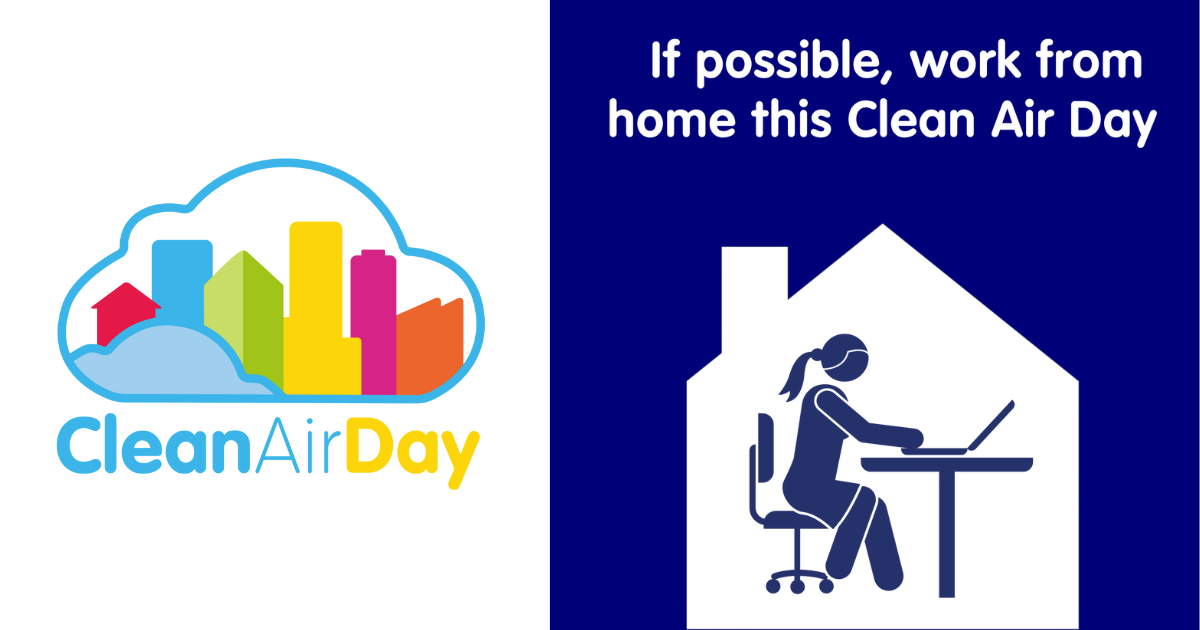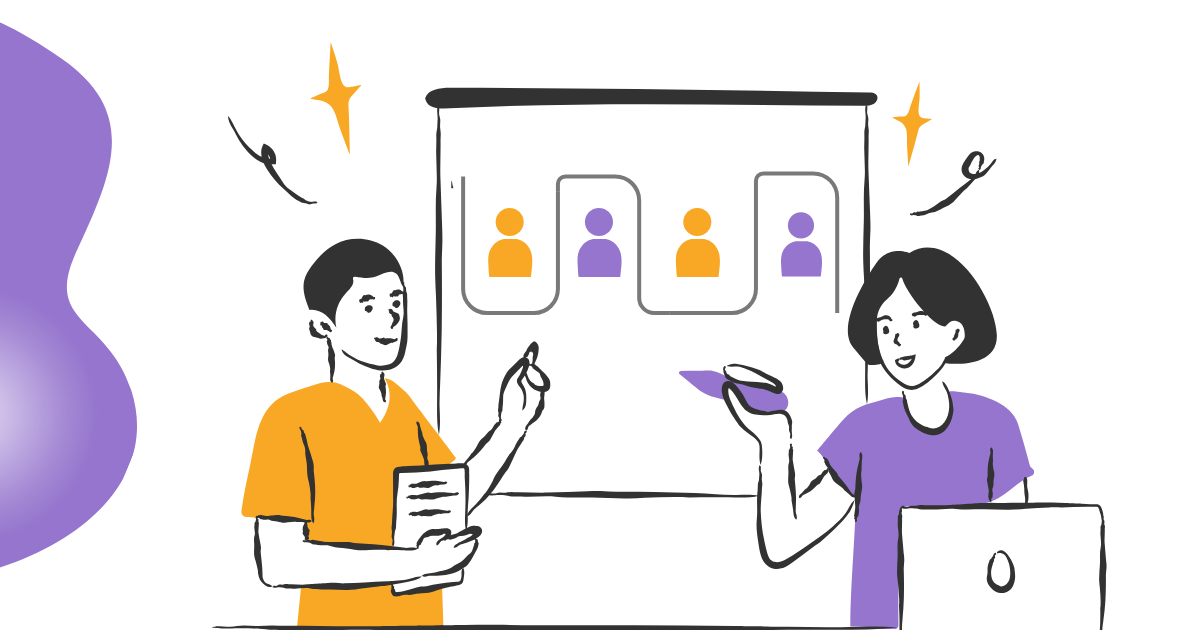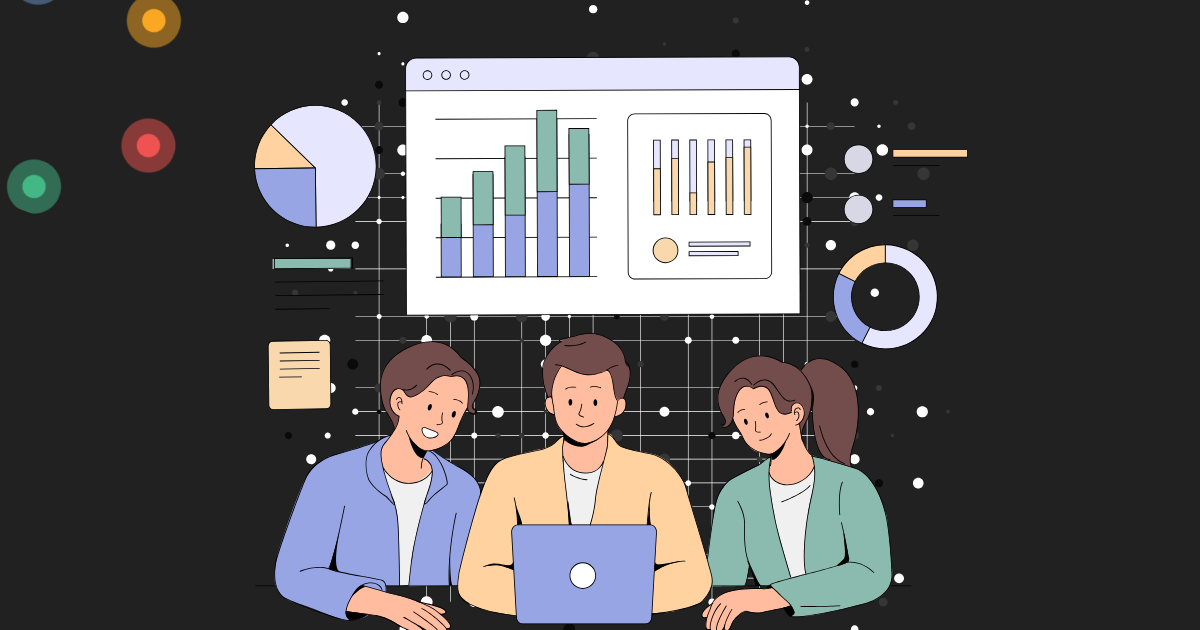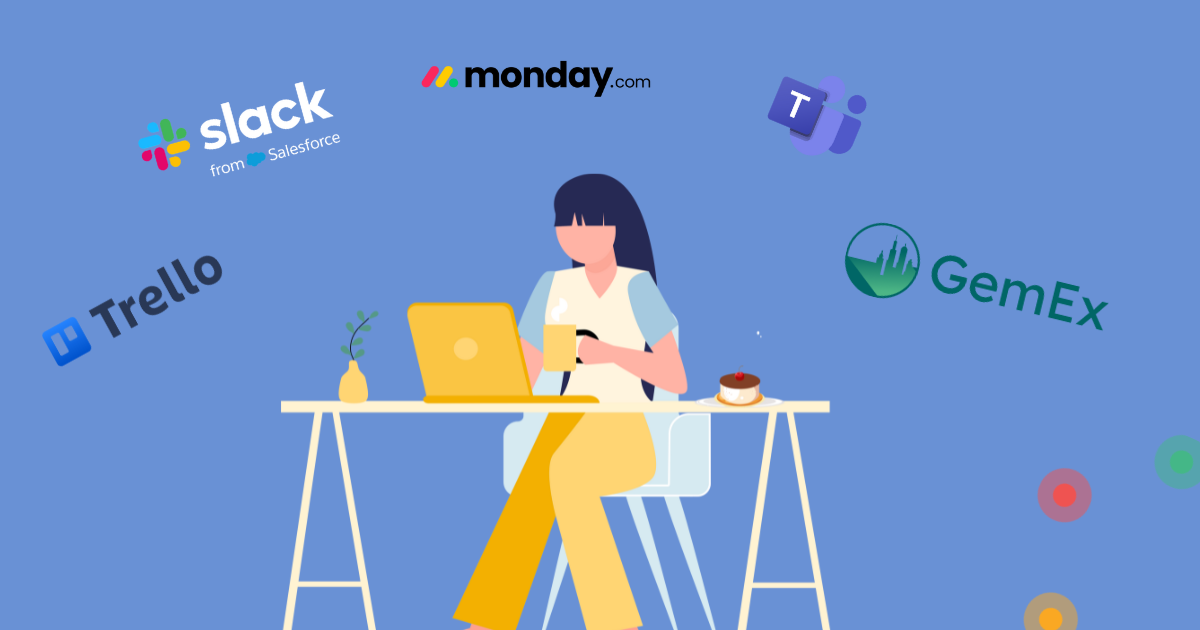In today’s workplace, two concepts often take centre stage in conversations about performance, retention, and culture: employee experience and employee engagement. While they’re closely connected — and often used interchangeably — they’re not the same thing. Understanding the difference is key to designing a thriving, people-first workplace.
What Is Employee Experience?
Employee experience (EX) refers to the full journey an employee takes with your organisation — from their first interaction with your brand to their last day on the job. It’s a holistic view of what it feels like to work at your company, shaped by every touchpoint along the way: onboarding, physical environment, digital tools, workplace culture, leadership, wellbeing support, and more.
The term employee experience first rose to prominence in 2017, when organisations began to realise that traditional HR models weren’t enough to retain top talent in a modern workforce. It went from a HR focus to expanding to become a employer focus with companies appointing Head of Employee Experience roles.
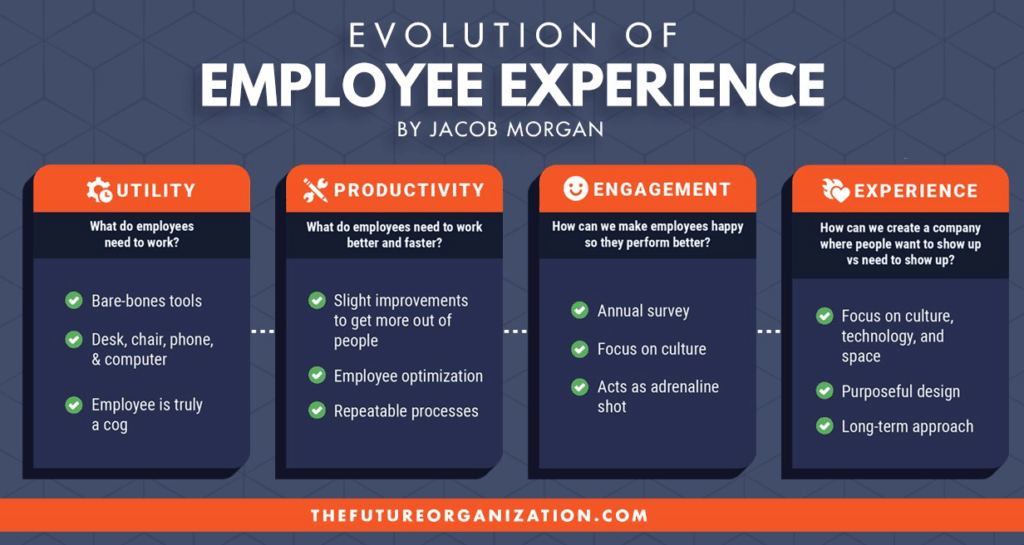
Jacob Morgan, Founder of “Future Of Work Leaders”, outlines four key phases in the evolution of employee experience, showing how organisations have shifted from reactive to strategic thinking.
The first phase, Utility, focuses purely on giving employees the basic tools to do their jobs.
In the second phase, Productivity, organisations begin optimising for efficiency and collaboration.
The third phase, Engagement, sees businesses recognising the value of culture, leadership, and feedback — though often in fragmented ways.
Finally, the most advanced phase is Experience, where companies take a holistic, design-led approach that blends physical space, digital tools, and workplace culture into one seamless, people-first ecosystem. This final phase is where innovative platforms like GemEx truly shine — by empowering organisations to create environments where employees feel connected, supported, and motivated.
What Is Employee Engagement?
Employee engagement, on the other hand, is about emotional connection. It measures how motivated, committed, and enthusiastic people are about their work and their organisation. Engaged employees are not just satisfied — they’re invested. They go the extra mile, collaborate effectively, and contribute to the company’s success because they care.
Research consistently shows that engaged employees lead to better business outcomes — from increased productivity and customer satisfaction to stronger profitability. According to research by Oxford Economics and Unum, the average cost of turnover per employee (earning £25,000 a year or more) is £30,614. Unsurprisingly, companies with strong employee engagement can mitigate this expense. A study by Gallup showed that even in high turnover environments, a highly engaged business achieved 24% less turnover, while in low-turnover businesses, the number rises to 59%.
Why You Need Both
Think of it this way:
- Employee Experience is the engine — the systems, tools, and culture that drive the workday.
- Employee Engagement is the fuel — the motivation and commitment that keep people moving forward.
When you prioritise experience and engagement together, you create an environment where people feel supported and empowered to do their best work. And when that happens, performance and wellbeing rise in tandem.
How to measure employee experience and engagement
To truly understand how your people feel about work, you need to measure both Employee Experience and Employee Engagement. They’re connected but not the same, and each requires slightly different approaches.
Measuring Employee Experience
To measure Employee Experience, organisations can track metrics:
- eNPS (Employee Net Promoter Score) – How likely are employees to recommend your workplace?
- Onboarding satisfaction – How supported are new hires during their first 90 days?
- Technology satisfaction scores – Do the systems and tools enable productivity?
- Workspace utilisation and booking analytics – Are spaces (desks, rooms) fit for purpose and accessible?
- Service response times – How quickly are workplace requests or IT issues resolved?
This data can be captured from:
- Pulse surveys and feedback tools (monthly/quarterly)
- Workplace analytics platforms (like GemEx) for real-time insights
- Exit interviews to identify friction points
Measuring Employee Engagement
Engagement reflects the emotional connection employees have with their work and organisation and key indicators include:
- Engagement survey scores – Do people feel motivated, recognised, and aligned with company values?
- Absenteeism and turnover rates – Are people staying healthy and committed?
- Participation rates in internal initiatives – Are people contributing beyond their core roles?
- Manager effectiveness scores – Do leaders inspire and support their teams?
When you track both, you can spot patterns:
- Poor tech experience → lower engagement scores.
- High workspace satisfaction → higher productivity and lower turnover rates
The goal isn’t just to collect data, but to act on it. Tools like GemEx workplace analytics help bridge the gap, giving leaders actionable insights into how workplace design and services impact engagement.
Key Takeaways
- Employee Experience is the foundation, the systems, tools, and culture that shape how employees interact with their workplace every day.
- Employee Engagement is the outcome, the motivation, commitment, and emotional connection employees feel towards their work and organisation.
- Employee Experience is what you design and provide; Employee Engagement is how employees respond to it.
- Measuring both is essential: use metrics like eNPS, satisfaction surveys, workspace analytics, turnover rates, and participation levels.
- Prioritising Employee Experience and Employee Engagement together creates workplaces where people feel supported, valued, and empowered — driving higher performance and wellbeing.

